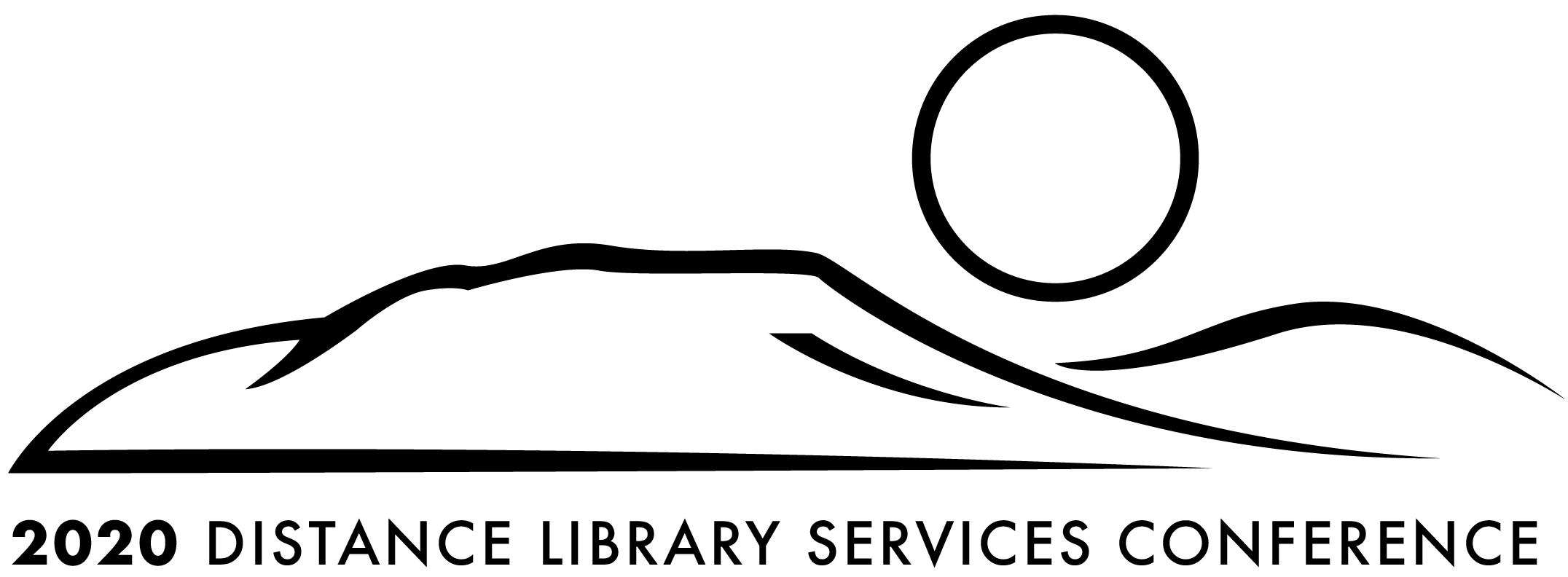Library impact on Online-only Graduate Student Success
Session Format
In-person Full Paper Presentation
Conference Tracks
Research Design and Planning
Short Description
Research on library impact on online-only graduate student success has been limited. Using standard qualitative data analysis methods, this paper will evaluate the effect early program instruction and contact with library professionals and library resources has on success metrics for students in online-only graduate programs at a regionally accredited nonprofit online institution. Building on previous work both at the institution (focusing on late-stage library interactions) and throughout the field (focused on undergraduate and face-to-face learners) this paper will show library impact with fully online graduate students, touching on assessment, data analytics, synchronous vs. asynchronous instruction, and cross-campus collaborations.
Long Description
What effect does early instruction and contact with library professionals and resources have on success metrics for students in online-only graduate programs? Previous institutional research has found that students in the dissertation phase of their program who participated in a research consultation were significantly more likely to meet expectations of the dissertation sequence and make timely completion than those in a matched sample who did not participate in a research consultation (32.5% vs. 0.05%, respectively, z=8.478, p=.004). Encouraged by this clear impact of library engagement and instruction, this research focuses on three different touchpoints early in online graduate programs: asynchronous instruction embedded in the learning management system; synchronous online engagement in library orientations, workshops, and instruction; and library resource usage.
This paper will present not only the results of this research but also a broader look at how the Framework aligned asynchronous tutorials were developed and how library assessment and data were aligned with institutional outcomes and data collection. The research will utilize matched samples developed using procedures similar to those used by Soria, Fransen, and Nackerud (2017) to evaluate the longitudinal impact of asynchronous online library instruction, use of synchronous online library services, and use of online library resources using an input-environmental-output model. Input variables analyzed include time since the previous degree, program, race/ethnicity, gender, age, household size, and veteran status/military affiliation. Environmental variables analyzed are completion and scoring on embedded asynchronous IL tutorials, synchronous engagement, and resource usage. Output variables analyzed are student vesting in 4th course, GPA, and time to graduation.
Learning Objectives
Understand the impact of library usage on graduate student success for students in online-only graduate programs
Library impact on Online-only Graduate Student Success
What effect does early instruction and contact with library professionals and resources have on success metrics for students in online-only graduate programs? Previous institutional research has found that students in the dissertation phase of their program who participated in a research consultation were significantly more likely to meet expectations of the dissertation sequence and make timely completion than those in a matched sample who did not participate in a research consultation (32.5% vs. 0.05%, respectively, z=8.478, p=.004). Encouraged by this clear impact of library engagement and instruction, this research focuses on three different touchpoints early in online graduate programs: asynchronous instruction embedded in the learning management system; synchronous online engagement in library orientations, workshops, and instruction; and library resource usage.
This paper will present not only the results of this research but also a broader look at how the Framework aligned asynchronous tutorials were developed and how library assessment and data were aligned with institutional outcomes and data collection. The research will utilize matched samples developed using procedures similar to those used by Soria, Fransen, and Nackerud (2017) to evaluate the longitudinal impact of asynchronous online library instruction, use of synchronous online library services, and use of online library resources using an input-environmental-output model. Input variables analyzed include time since the previous degree, program, race/ethnicity, gender, age, household size, and veteran status/military affiliation. Environmental variables analyzed are completion and scoring on embedded asynchronous IL tutorials, synchronous engagement, and resource usage. Output variables analyzed are student vesting in 4th course, GPA, and time to graduation.

